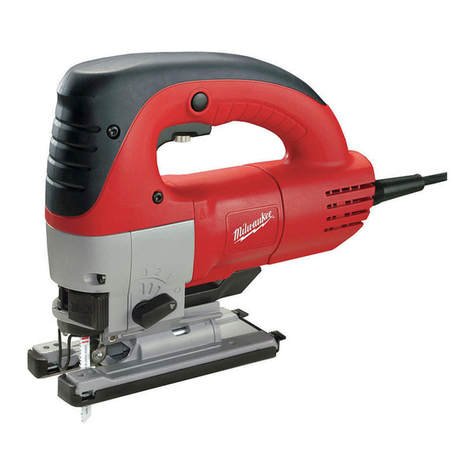Milwaukee M18 CAG115X User manual
Other Milwaukee Power Tools manuals
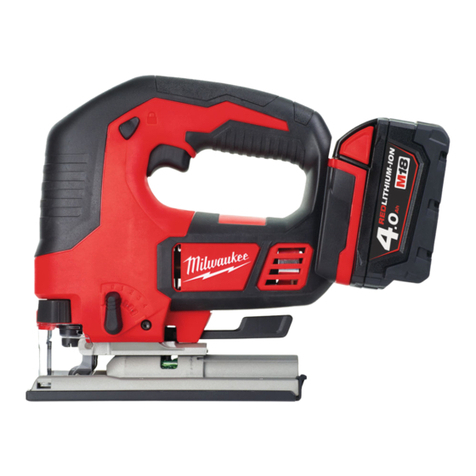
Milwaukee
Milwaukee M18 BJS User manual

Milwaukee
Milwaukee HEAVY DUTY K 2000 H User manual
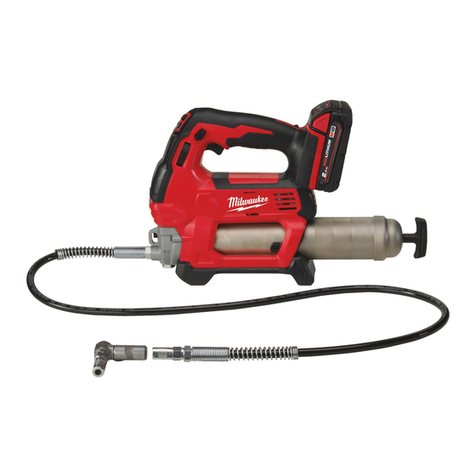
Milwaukee
Milwaukee M18 GG User manual
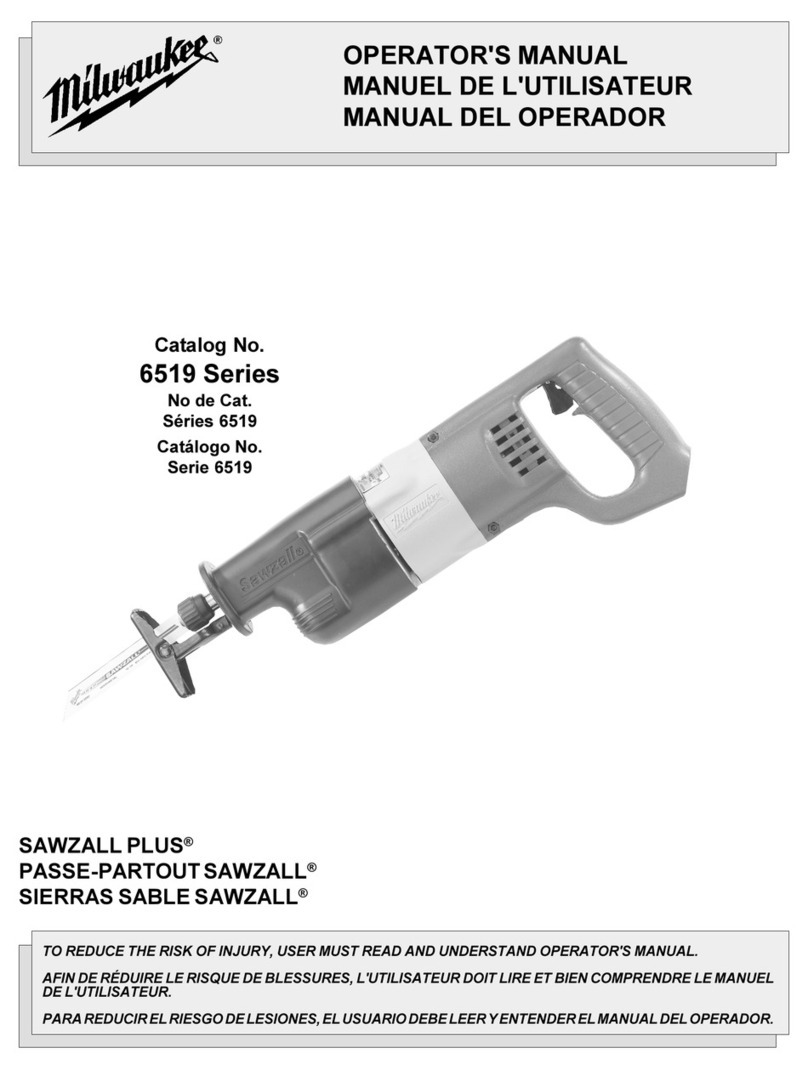
Milwaukee
Milwaukee 6519 series User manual
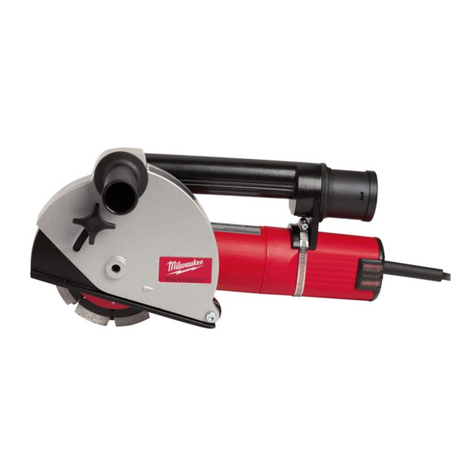
Milwaukee
Milwaukee WCE 30 User manual
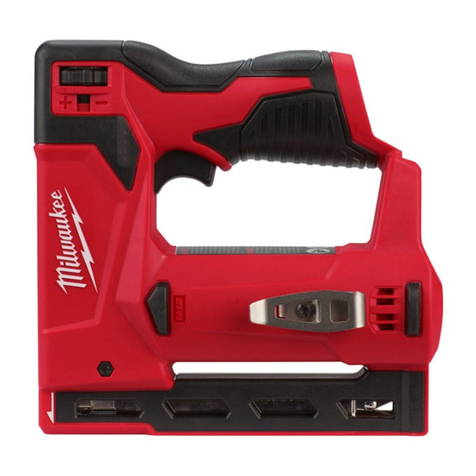
Milwaukee
Milwaukee M12 BST-0 User manual

Milwaukee
Milwaukee AG21-180 E User manual

Milwaukee
Milwaukee M-SPECTOR 2309-20 User manual

Milwaukee
Milwaukee PCG 12 User manual
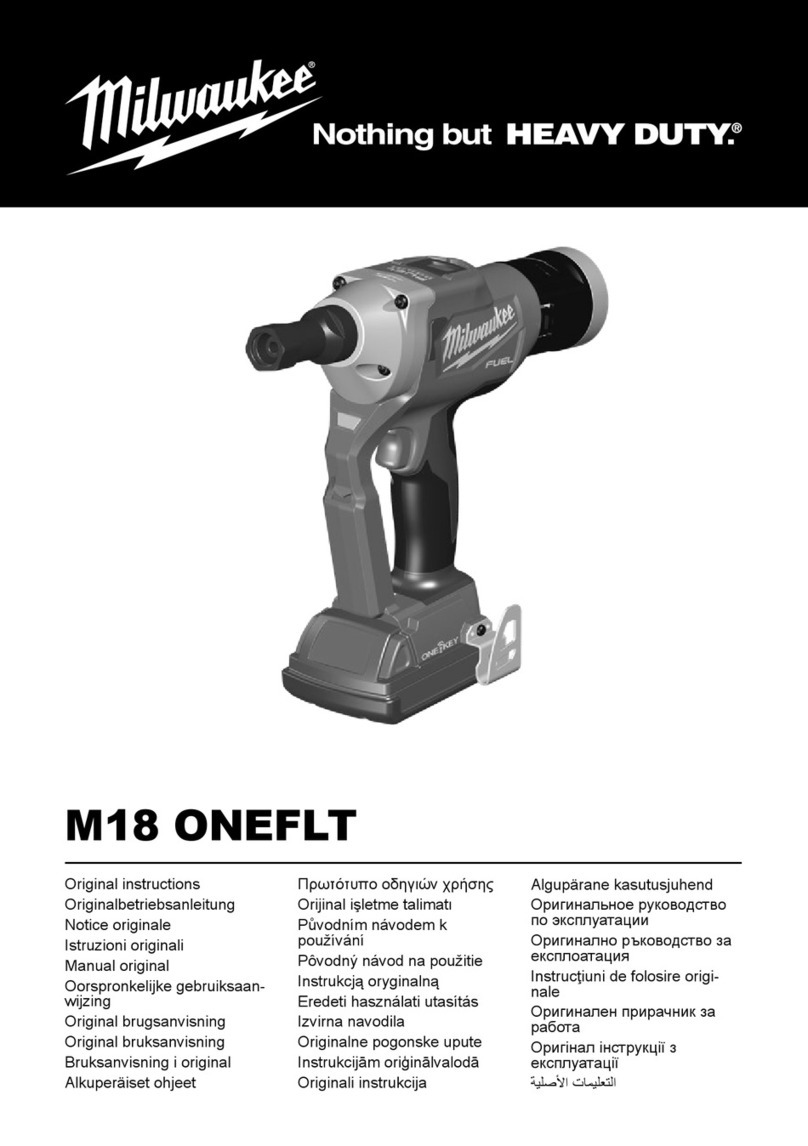
Milwaukee
Milwaukee M18 User manual

Milwaukee
Milwaukee M12 FUEL 2526-20 User manual
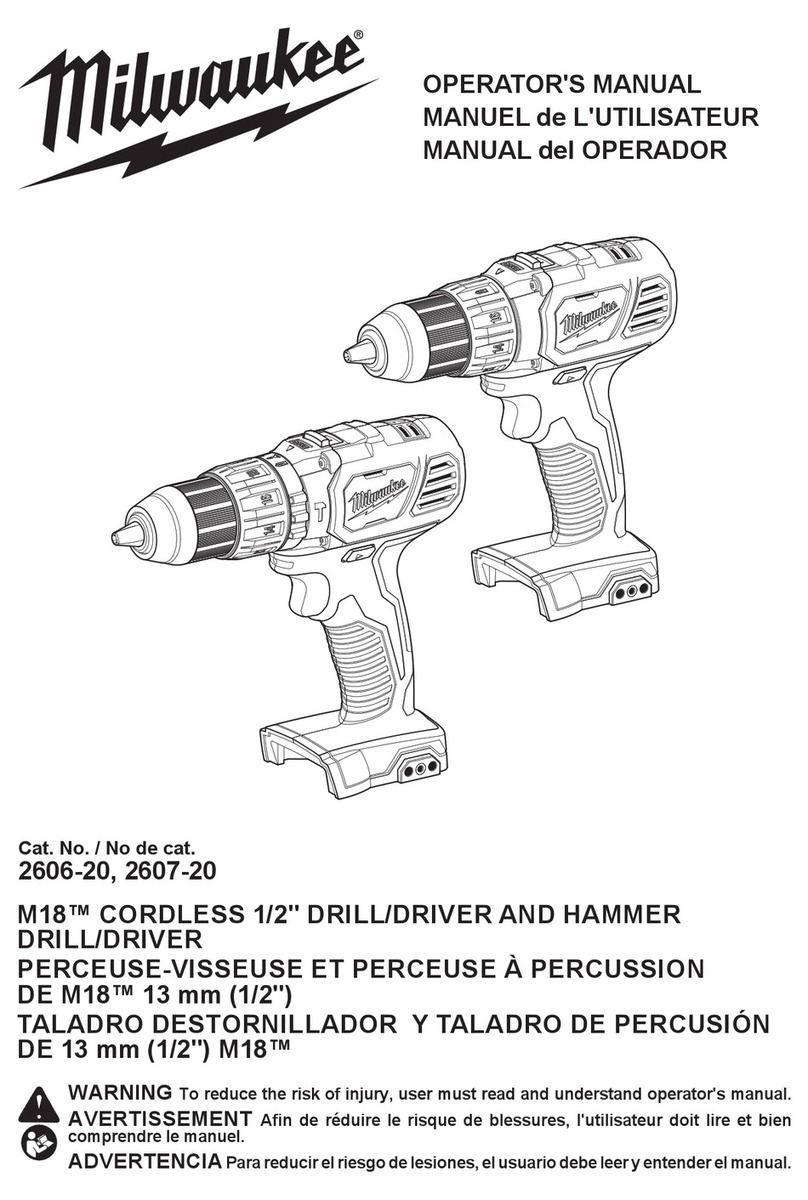
Milwaukee
Milwaukee M18 2606-20 User manual

Milwaukee
Milwaukee M12 FIR14 User manual
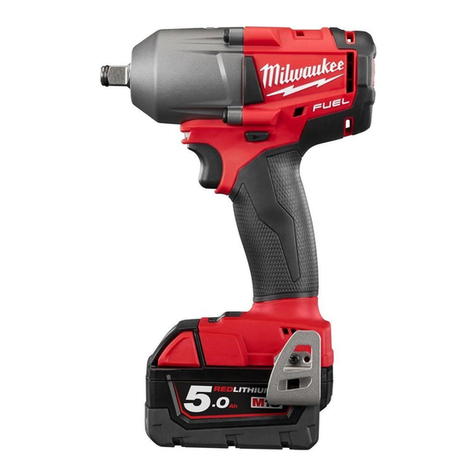
Milwaukee
Milwaukee M18 FMTIWF12 User manual
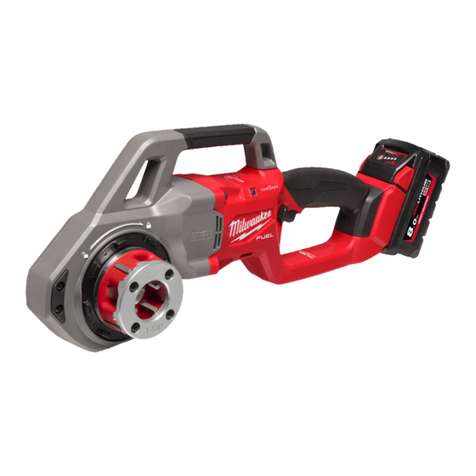
Milwaukee
Milwaukee M18 FPT114 User manual
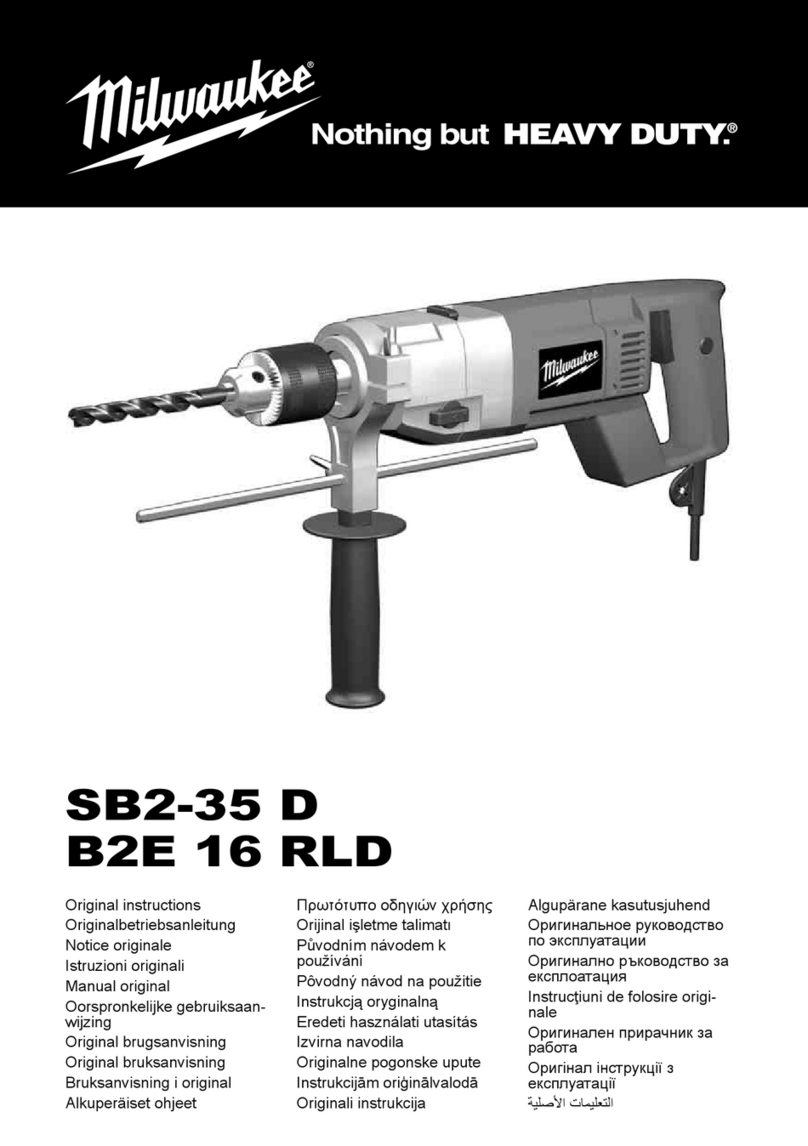
Milwaukee
Milwaukee HEAVY DUTY SB2-35 D User manual
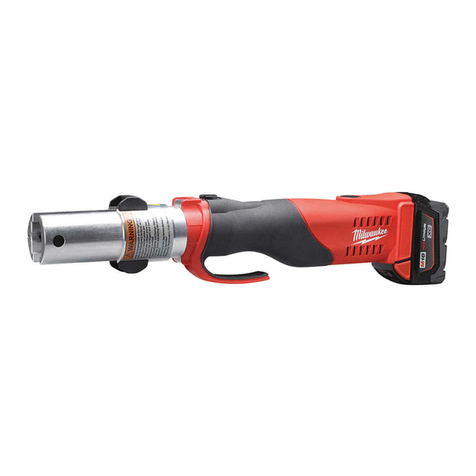
Milwaukee
Milwaukee M18 FORCE LOGIC 2673-20L User manual

Milwaukee
Milwaukee M18 FUEL 2772-20 User manual

Milwaukee
Milwaukee PLH 28 E User manual

Milwaukee
Milwaukee C12 MT User manual


